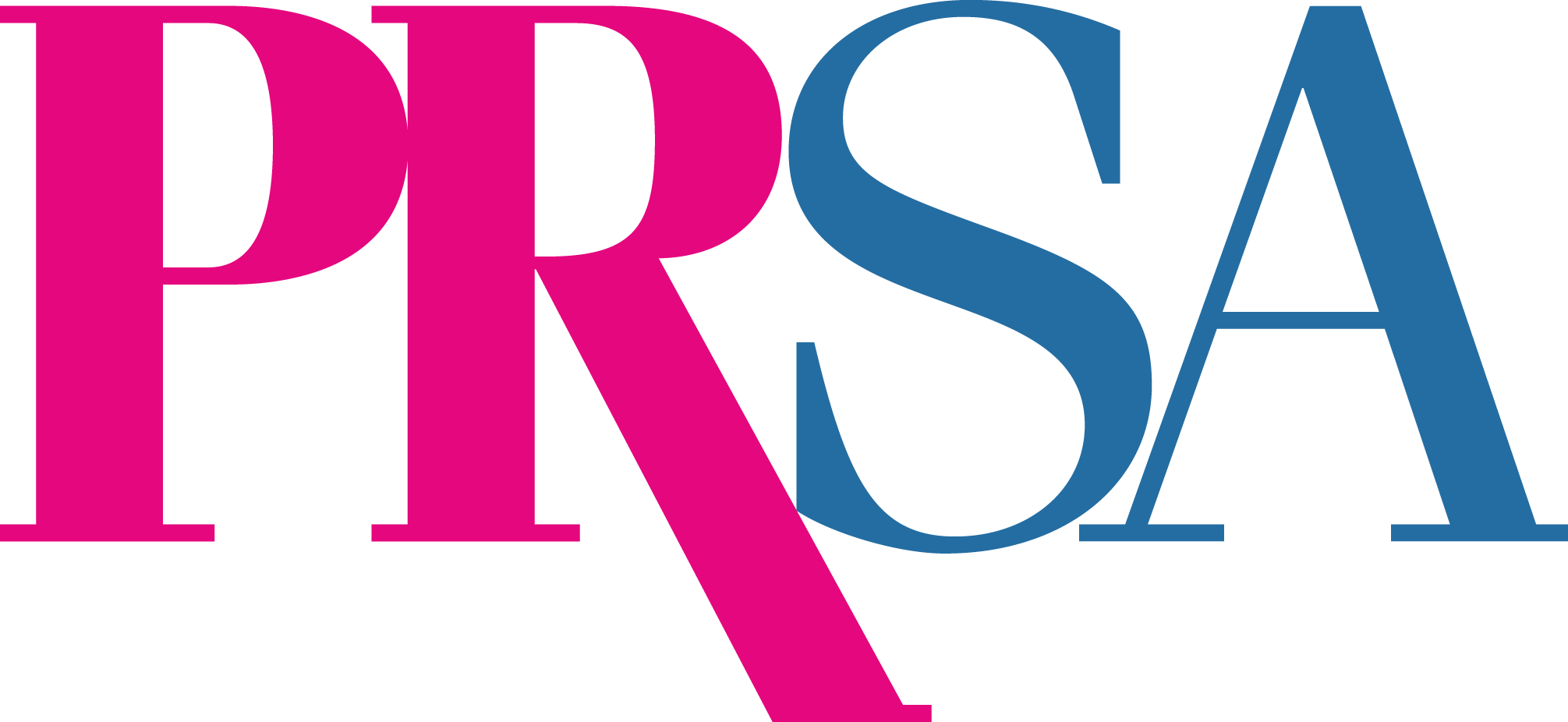6 Ways to Maintain a Strong Company Culture in the Virtual Workplace
By Bridget Castellini
July-August 2020
Lauren and I have very similar mustard yellow sweaters. We seemed to be on a similar wavelength for when we’d wear them, showing up at work on the same day in our sweaters, and immediately having a laugh to start our workday.
If you’re like us, then you are also reminiscing about shared moments with your team, and longing for the normal, impromptu — and in-person, closer than six feet apart — connections of the workplace before the novel coronavirus.
Now that we’re settled into a virtual workplace for the foreseeable future, we are coming to terms with the reality that the workplace we knew back in February no longer exists.
For the past three months, we focused on keeping our agency’s supportive culture front and center as we shifted to a virtual workplace overnight. As the stay-at-home time extends indefinitely, we’re examining what worked and what didn’t work so far.
Here are six lessons learned and how we’re pivoting to keep our team connected and supported — and our culture very much alive — virtually.
1. It’s a marathon, not a sprint.
After visiting our abandoned office to pick up mail, I joked with a colleague that our desks appeared frozen in time. We shifted so abruptly to working remotely that March newspapers were scattered across workspaces, winter coats were still on hooks and March office treats were now moldy in the fridge. When our work-from-home period began, we believed that we’d be back soon.
As such, the focus on supporting our team remotely seemed like a temporary shift. We now know that we’re in this for the long haul, and that we will need to continually make adjustments and evaluate accordingly.
2. We must prioritize individual needs.
The deeper we go into the unknown, the harder it is on everyone. We realize that our team needs to feel supported, and that they also have individual circumstances and very personal needs. Continual dialogue with your team is imperative, as is monitoring their needs as things change — especially as it pertains to an eventual return to the physical workplace and how this may impact their childcare or other circumstances. Don’t forget that how you move forward as an agency may work for one person, but not for another.
3. Everything IRL doesn’t translate virtually.
Resist the urge to implement all the great things that make your culture what it is in the physical workplace into a virtual experience. It’s OK if your monthly lunch-and-learn sessions take a backseat and your hour-long staff meeting is shortened. We’ve kept two agencywide, weekly meetings on the calendar but scaled them back significantly. Continue to review and adjust what activities can work virtually for your team.
4. Employees are experiencing Zoom exhaustion.
At the beginning of the quarantine we were in overdrive — setting up every team and 1:1 meeting as a video meeting, hoping that seeing one another on a screen would bring a needed connection. Everyone, it turns out, had the same idea. Zoom exhaustion quickly resulted.
We’ve learned that every meeting doesn’t have to be video-based. We’ve also learned that our team is vastly different in what they prefer, so asking your team members for their preferences is critical. Be sure to make Zoom meetings as efficient as possible. (Have at least a loose agenda, and also have a time limit.)
5. We can’t put our culture committees on hold.
At our agency, we have a culture committee that plans fun activities and outings for holidays, anniversaries and everything in between. This ensures that there’s always a team committed to making sure that culture remains a part of our normal operations.
While we can’t plan outings right now, there are still things that can happen to promote team unity. A few things we’ve tried to include: continuing to celebrate milestones (dropping off balloons for a team member’s birthday), a weekly 30-minute happy hour with a theme (e.g., “two truths and a lie”) and keeping our summer hours program in place.
6. It’s important to monitor, review and pivot.
As PR professionals, we’re accustomed to constantly changing direction for our clients. There isn’t a playbook for how to do business during a global pandemic, and we’re living through something that none of us have lived through before. Look inside the agency and take frequent moments to ask your team how they’re feeling about things. More important, how could something be handled differently next time? We’re doing things in new ways, so this type of reflection will help you adjust and cope better next time — and also the time after that.
The lessons we’re learning will have a lasting impact on what our future workplace looks like after COVID-19. My best to you as we all continue to pivot in the coming months.
photo credit: shutterstock



